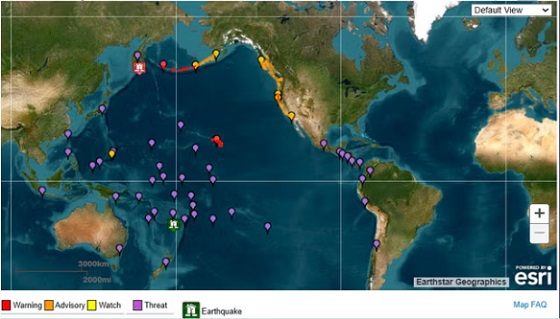Tragic stories continue to flow from western North Carolina in the aftermath of Hurricane Helene slamming the Appalachian Mountains nearly two weeks ago.
So, too, is the assistance. The General Assembly convenes Wednesday, with disaster assistance legislation expected to swiftly be passed.
Gov. Roy Cooper toured the area on Monday with Deanne Criswell, administrator of the Federal Emergency Management Agency. Personnel are in the area from neighboring states, sent by other governors and the federal government.
The death toll is at least 230, according to published reports. The Asheville Citizen Times on Tuesday afternoon reported 62 missing persons cases are active in the Lake Lure and Chimney Rock communities.
Eight hurricanes since 1950 have killed 100 or more people. Helene is only eclipsed – so far – by Katrina (2005, deaths 1,392), Audrey (1957, deaths 416) and Camille (1969, deaths 256).
Cooper and Criswell, along with U.S. Northern Command Gen. Gregory Guillot and Dual Status Commander Brig. Gen. Wes Morrison, went through Lake Lure and Chimney Rock.
In a release, the state Department of Public Safety said 2,500 soldiers and airmen are in the area with about 500 more coming. The Joint Task Force-North Carolina, led by the state’s National Guard, is paired with armed forces from 12 states, two units from the 82nd Airborne out of Fort Liberty near Fayetteville; the 101st from Fort Campbell in Kentucky; and a number of civilian entities.
More than 6,100 National Guardsman are present, a release from White House said. The Biden administration said it has already supplied more than $137 million in assistance, and more is expected.
Cooper’s administration said more than $33 million in FEMA assistances to individuals had already been paid to more than 109,000 people. More than 2,100 are housed in hotels through FEMA transitional sheltering. Nineteen shelters are open, with an estimated 780 people and 95 pets.
The Department of Public Safety said more than 1,300 responders from 35 state and local agencies have executed 107 missions of response and recovery. Cooper said North Carolina has used 417 specialized vehicles and 26 aircraft to help in search, rescue and supply delivery.
“These communities are home to family-owned businesses and neighbors who are helping one another,” Cooper said. “We will continue to work with western North Carolina to respond and recover from this catastrophic storm.”
In addition to the government aid, scores of churches and other organizations have sent tractor-trailer loads of supplies.
Tuesday midday, there were 622 road closures because of Helene across the state. This includes three interstates, 50 federal highways, 51 state roads and 518 secondary roads.
Published reports say the grim findings have included corpses discovered as landslides are cleared. Swannanoa and Hot Springs are two communities reportedly “obliterated.” Chimney Rock, a popular tourist attraction, was also hard hit with rushing water through the main thoroughfare.
“It has been a long 11 days for the people of our mountains, and it’s reaching the point where folks are just tired,” U.S. Rep. Chuck Edwards, R-N.C., said in a release. “We will get through this.”
Many in the region remain without running water, electricity and even the ability to travel. Eighty-six water systems, Edwards said, are on a boil advisory; 15 treatment plants have no power; and 27 systems are out of water.
Helene made landfall in the Big Bend region of Florida the night of Sept. 26. Its remnants sped through Georgia and soaked the higher altitudes of North Carolina’s Blue Ridge Mountains. Helene had tropical storm force wins stretching 420 miles, larger than the state of Georgia.
















